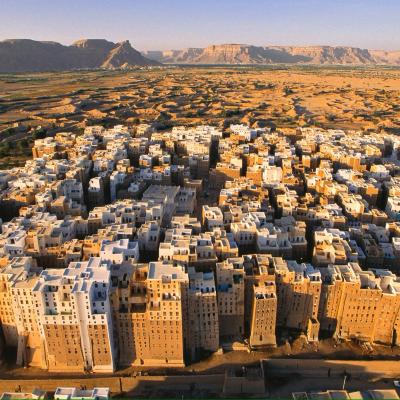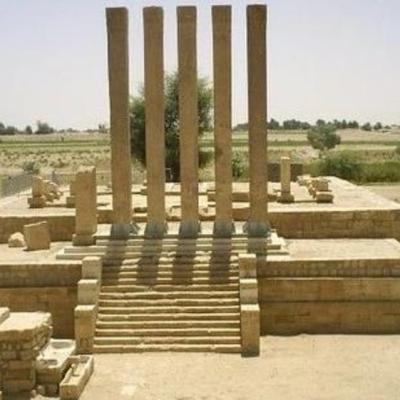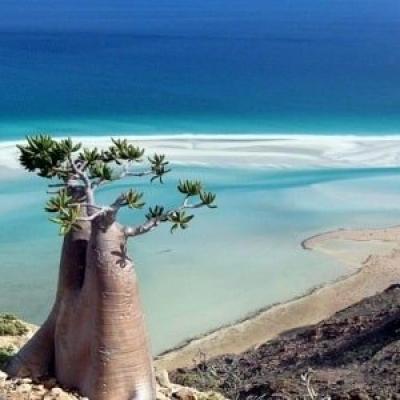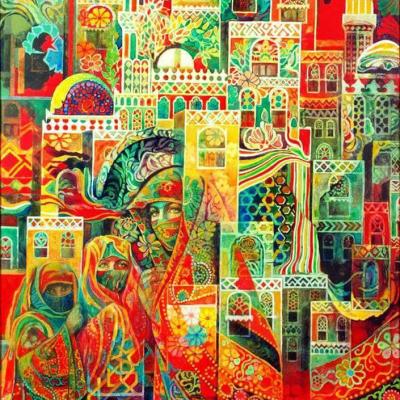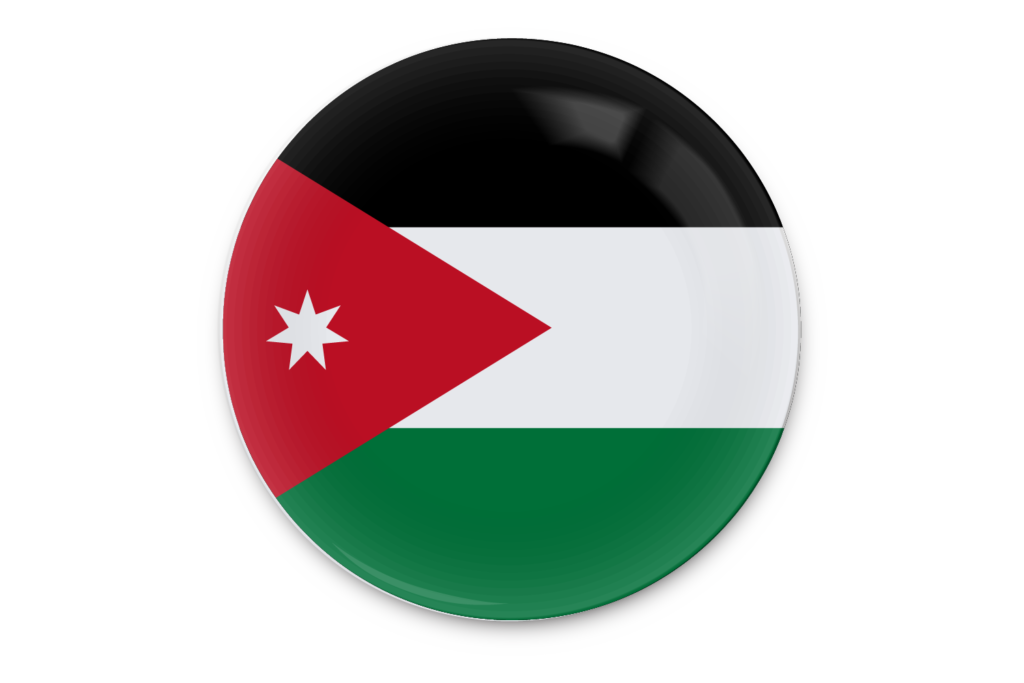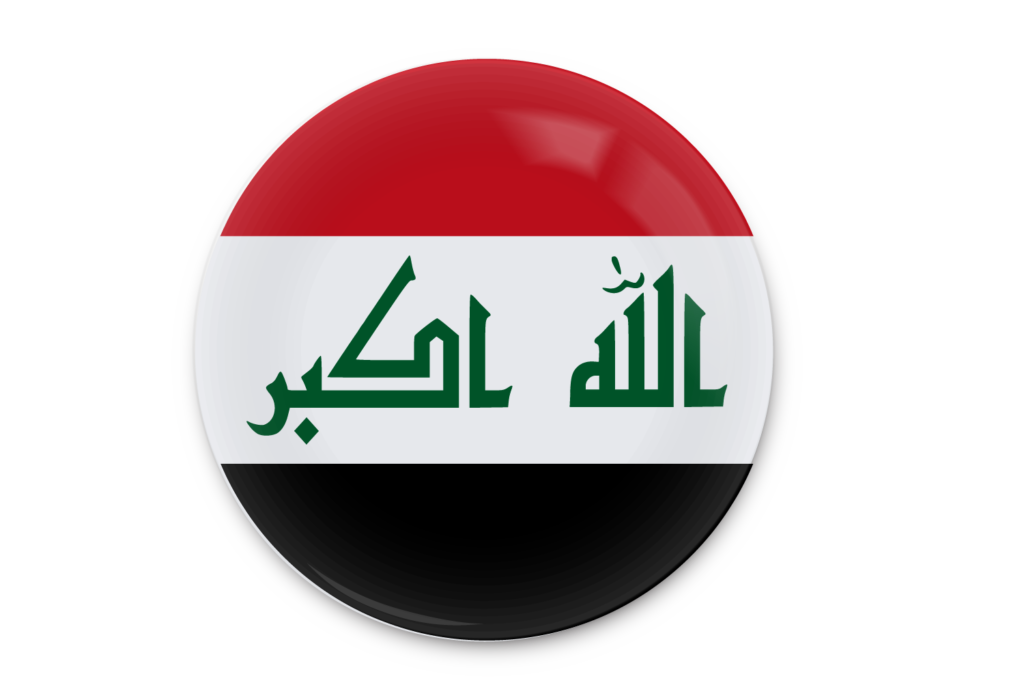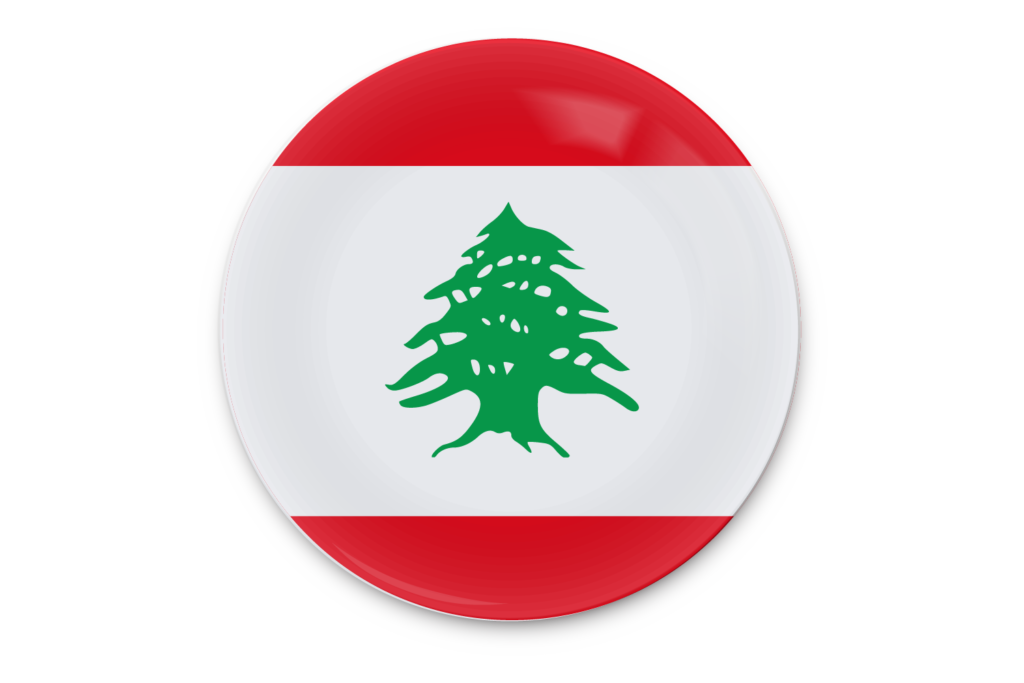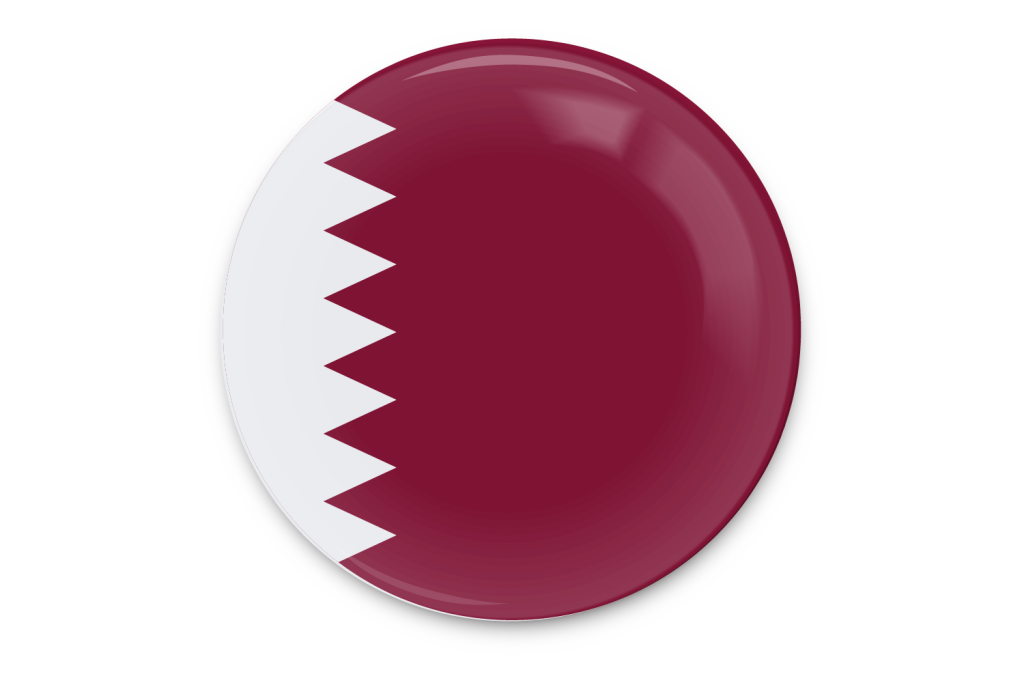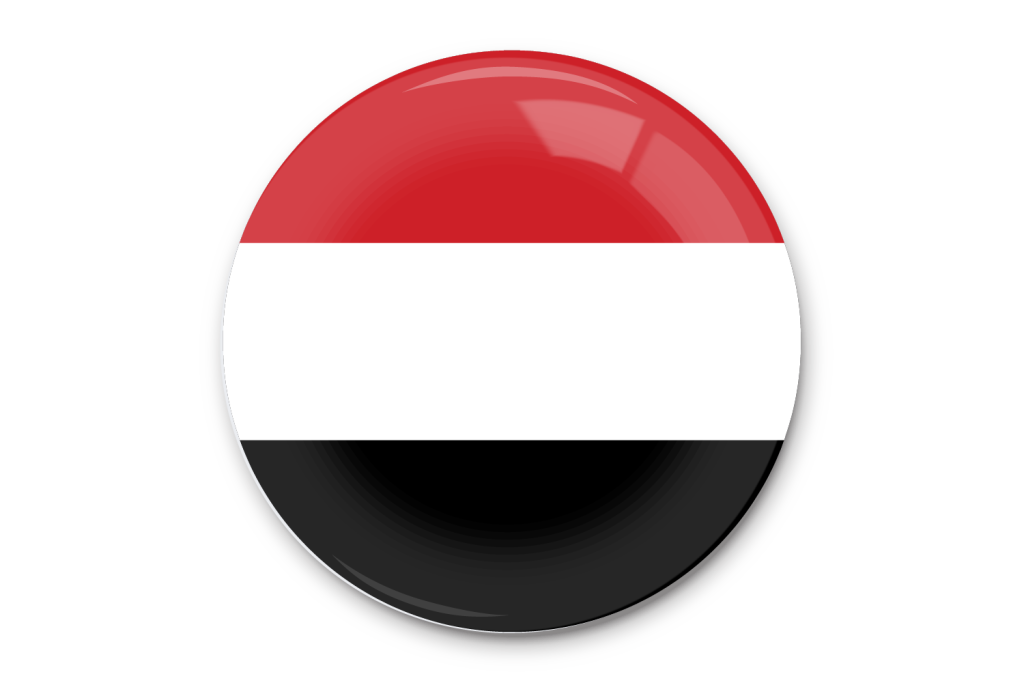Culture of Yemen
Yemen (Official title: Republic of Yemen, Arabic pronunciation: al-Jumhuriyah al-Yamaniyah) borders the Arabian Sea, Red Sea, and Gulf of Aden between Oman and Saudi Arabia. It has a total area of 527,970 sq km or 203,850 sq miles and a desert climate. The climate is hot and humid along the coast, temperate in the western mountains, and extremely hot and dry in the eastern desert. A little less than 3% of its land is arable.
A unique feature of Yemen is Socotra Island located 240 kilometers (150 mi) east of the Horn of Africa and 380 kilometers (240 mi) south of the Arabian Peninsula. The island is isolated and through the process of speciation, a third of its plant and animal life is found nowhere else on the planet. One such example is the dragon’s blood tree, which is an umbrella-shaped tree whose red sap was once used as a medicine. The island also features the dendrosicyos socotranus plant. Known as the “cucumber tree,” this is the only plant with significant genetic similarities to cucumber plants that grows in tree form. Several unique bird species like the Socotra starling and Socotra sparrow are found only on this island. The island has been described as the most alien-looking place on Earth. The island measures 132 kilometers (82 mi) in length and 49.7 kilometers (30.9 mi) in width.
History
Yemen is one of the poorest countries in the Arab world, but it is also one of the oldest centers of civilization, dating back to 1200 BCE. Between the 12th century BCE and the 6th century CE, Yemen was one of the centers of world commerce and was situated along the spice trade route, which provided a lucrative source of income. During the 6th century, Yemen fell under Ethiopian rule. Beginning in the 7th century, a series of Islamic caliphs who ruled the area until the 11th century, when Egyptian Sunni caliphs took control of much of the northern region of present-day Yemen. Most of Northern Yemen and small parts of Southern Yemen became incorporated into the Ottoman Empire during the 19th century, although the Zaidi imams generally maintained control of the highland regions until the Ottomans captured Sana’a in 1872.
During this century, the British Empire controlled areas along the coast of Southern Yemen and the port of Aden and administered the region as a part of British India. The British designated this territory as the Aden Protectorate and divided it into an Eastern and a Western Protectorate. The British used this port as a prominent station for refueling its coal ships on the route to India, and this position became even more important following the opening of the Suez Canal in 1869. The British and Ottomans agreed upon a de facto border between the North and South in 1904, creating the divisions between the northern and southern regions which would have critical importance in the country’s modern history.
Culture
The culture of Yemen has been influenced by two factors—religion and history. Yemen has a distinct cultural tradition with influences from Arabian, African, and east Asian sources. One such influence comes from Africa in the form of Qat. This small leaf provides a euphoric feeling when chewed and is common throughout the Arabian Peninsula, especially Yemen. In addition, Indian customs and traditions are evident in cities like Aden where Indian architecture and ancient Hindu temples can be seen.
Yemen offers an array of food which differs from what is commonly found in the surrounding area. Among these are Zhug, a spicy sauce used in many Yemeni dishes, and Salta, a traditional lunchtime soup.
Art
Art is an omnipresent feature of Yemeni culture. Yemen has a rich history of architectural beauty, with many of the most prominent structures scattered throughout the capital of Sana’a, such as the Al-Sabahi residential buildings.
Yemen also has a selection of aspiring painters and poets. Kheira al Hindi is a Yemeni painter who draws and paints portraits of women in daily life. She has displayed her paintings in small galleries throughout Yemen. Poetry is another popular form of expression in the country. Yemeni poets have been featured on television where works often depict themes of national unity, national loyalty, and the condemnation of violence and terrorism. The 2011 winner of the UAE reality television poetry competition show, Prince of Poets, was Yemeni scholar Abdul Aziz al Zoraei, who wrote a series of poems on Yemeni politics.
Yemen is also home to several prominent museums. The National Museum, housed in one of the former Imam’s palaces, features exhibitions which showcase Islamic scripts, craft, agriculture, and archaeology in Yemen. The Taiz National Museum was located in the last residence of Imam Ahmed, and offered a look into his personal life as everything in the building has been left as it was on the night he died in 1962.
Yemen’s art has been taken abroad over the past few years. In a skatepark in London, Yemeni artist, Murad Subay, spray-painted a “starving boy listlessly picking at his hands.” Subay paints the harsh realities of Yemen’s war in London for people that to gain insight on the conflict. Domestically, Yemeni artist, Haifa Subay paints the experiences of the war from different lenses. She focuses on young women’s demands for education and the reality of destruction by landmines that are spread across
Music
The music of Yemen has been influenced by its history, and the traditional folk music, homayni, remains popular. It is played during festivals and ceremonies, as well as in casual home settings. Homayni has poetic lyrics and is played with drums. Some pieces of Yemeni folk music can be up to several hours long, and Qat is sometimes chewed during the performances to help stimulate creativity. Ayoob Tarish Absi is a famous Yemeni singer and melodist from the area of Al-Aboos in the Ta’izz Governorate. Ayoob composed the song “United Republic”, which became the national anthem of the Republic of Yemen.
Sites
emen is the home to many architectural and religious sites. There are ruins dating back to its early history such as the Cisterns of Tawila built around 155 BCE, and mosques like the Great Mosque of Sana’a built during the rule of the Rashidun caliphs (6th century CE). Another important religious site is the Tomb of the Prophet Hud. Located 140 km (87 miles) to the northeast of Seiyun city in the Hadramaut region, this tomb is a popular pilgrimage destination as it marks the resting place of Hud, an ancient prophet venerated in Islam.
Another popular site is Aden Port, which the British controlled until the period of decolonization in the 1960s. Aden is the mid-way point between Europe and the Far East, and is situated along the Suez Canal trade route. Tourism in Aden is centered on the harbor where miles of long, sandy beaches meet clear, blue seas. There are several nearby marketplaces that offer spices, clothes, or jewelry.
Sports
Soccer, basketball, golf, water sports, and racket ball are among the most popular sports in Yemen. Among these, soccer is the most popular. Several city and regional clubs have been organized such as the Al-Ahli Sana’a team of Sana’a and the Shabab Al Bayda’ team of the city of Al Bayda’, so players can compete and the best represent Yemen in international arenas. However, Yemen has only had moderate success in international soccer tournaments. So far, its highest FIFA world ranking has been 90 out of 207 teams.
Yemen also has a significant martial arts following. Mohammed Hussein Al-Ashwal is the most well-known Yemeni practitioner of the wushu, or kung fu style and has won four international gold medals. Tennis is also growing in popularity. The Yemen Tennis Federation has expanded the outreach of tennis programs to youth throughout the country by setting up training camps and holding competitions such as the Yemen Davis Cup. Young Yemeni tennis players have had some success in international competitions, as players Mo’amen and Hussein Hassan won gold medals in the 2006 West Asia Championship.

